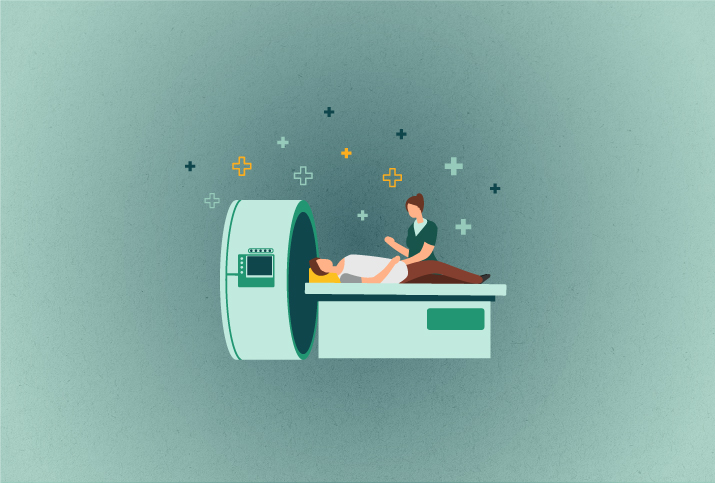
As discussed in previous installments, prostate cancer diagnostics have advanced by leaps and bounds in recent years.
The precision in which skilled diagnosticians collate, synthesize and analyze data points from various sources—family history, genetic background, prostate-specific antigen (PSA) tests, magnetic resonance imaging (MRI), ultrasound scans, biopsies and more—is impressive. By the time you're looking at treatment options, you can be sure your medical team has a very clear idea of the parameters of your tumor or tumors.
One of the determinants for whether a man is a candidate for more invasive procedures versus less invasive ones is the Gleason score.
Pathologist Donald Gleason developed the scoring system in the 1960s, when he studied cancer cells and noticed they developed in five clearly delineated patterns as they morphed from normal cells into tumor cells.
Gleason graded them from 1 to 5, with grade 1 being nearly normal cells and grade 5 indicating high-grade tumor cells that are hardly recognizable as normal human cells.
The Gleason score is derived from your pathologist's assessment of your biopsy. The specialist assigns one Gleason grade to the most predominant pattern in your biopsy and a second grade to the second most predominant pattern. Thus, you might get two grades of 3 and 4, which yields a Gleason score of 7.
Pathologists today rarely assign scores between 2 and 5, so Gleason scores generally range from 6 to 10, with 6 being the lowest-grade cancer. A Gleason score of 7 would indicate an intermediate grade of cancer, while 8 to 10 represents a high-grade cancer.
Another important factor you and your medical team should consider is whether the pathologist encountered any cells rated at a Gleason grade of 5, because that would indicate a higher chance of recurrence.














